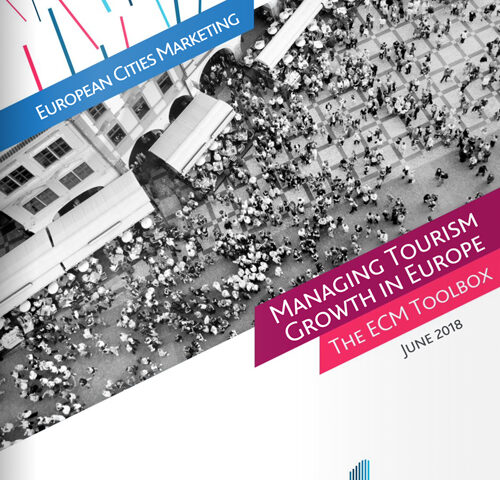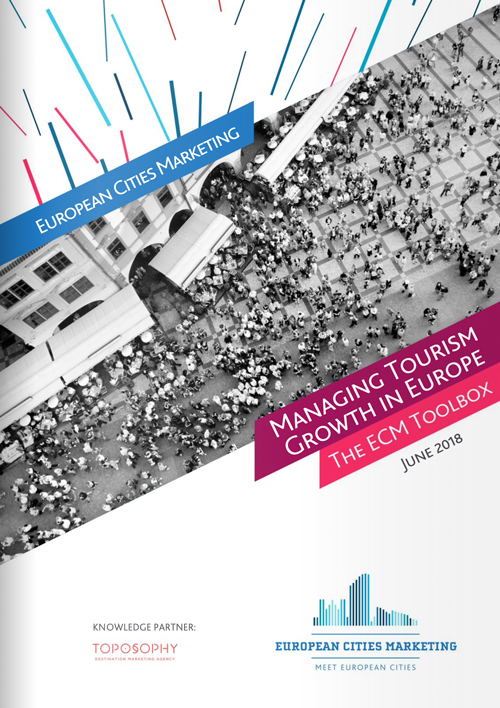Managing Tourism Growth In Europe

Why managing tourism growth responsibly matters to us all
Traditionally, tourism’s contribution to job creation, economic growth and inward investment has made it an industry to be celebrated and supported, with little thought to the consequences that might come with continual growth. However, at a time of growing demand and rising visitor numbers (with yet more forecasted for the future), serious questions are being asked about tourism’s real contribution to city life, and whether the net impact on cities and their residents is indeed always positive.
Confronting this situation is not an easy task, since what is frequently referred to as ‘overtourism’ or ‘overcrowding’ is, in fact a much more complex issue than is often portrayed in the media. Urbanisation, globalisation, migration, digitalisation, the environment and even peoples’ perception of place and identity ; these are all pressing issues and are all interlinked with tourism growth. Cities are complex places, where these issues are concentrated; where global trends meet local character. While tourism can help cities to become more outward-looking, welcoming and prosperous, we might recognise that this process doesn’t happen automatically, and it doesn’t always benefit everyone equally. Tourism in some European cities has, in reality become highly unbalanced, with too much demand on limited infrastructure and attractions, with sharppeaks at certain time of year. Urgent action is required to correct it, by a wide range of stakeholders.
